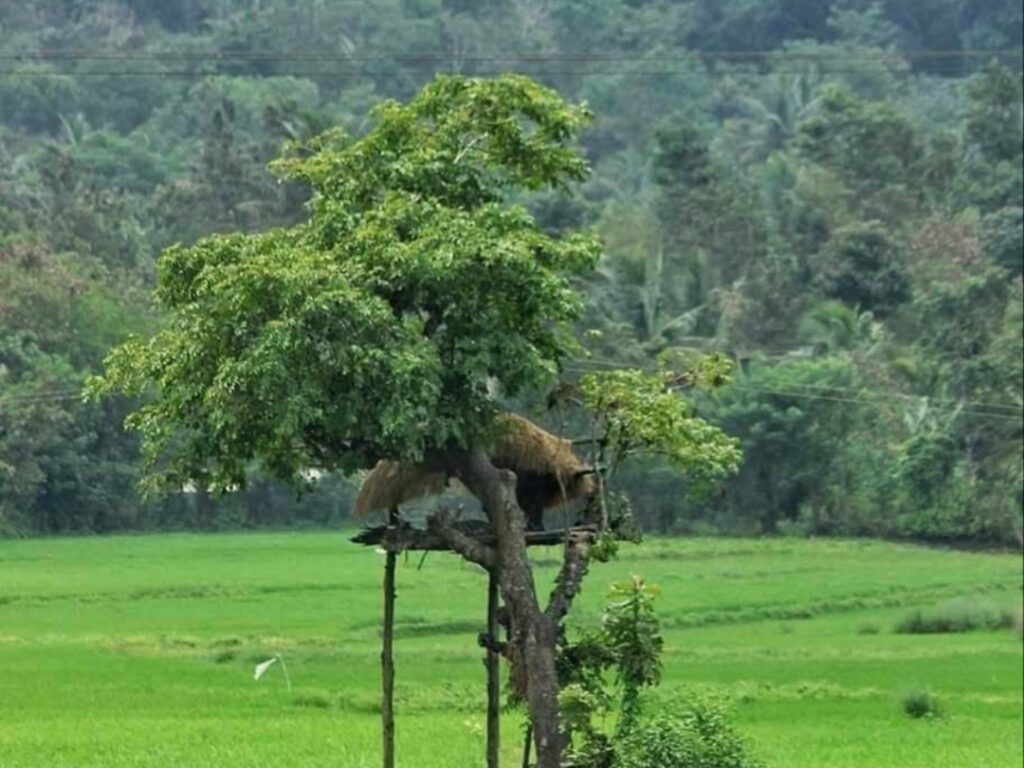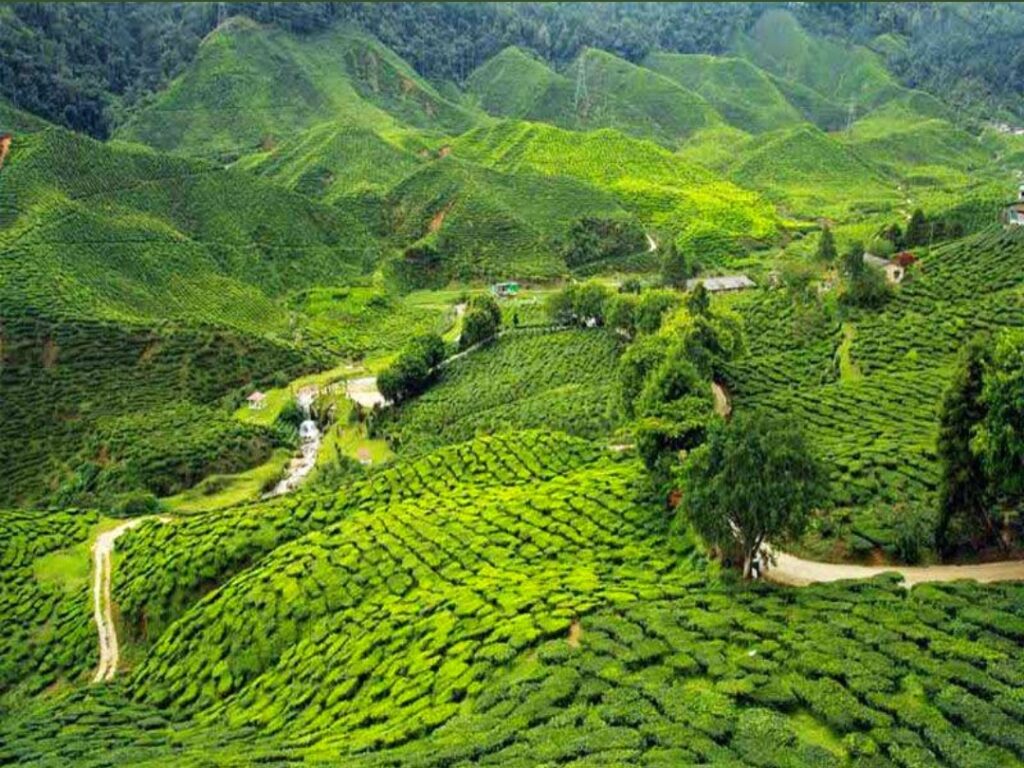In the serene hills of South India lies Wayanad, a verdant paradise whose delicate ecology is facing mounting pressure from tourism. Following the footsteps of Ooty and Kodaikanal in Tamil Nadu, Wayanad in Kerala is now echoing the demand for model restrictions to regulate the influx of tourists and vehicles into its pristine landscapes.
Wayanad, much like its neighboring hill stations, is grappling with the challenges posed by uncontrolled visitor numbers and vehicular traffic. The “Ooty and Kodaikanal model restriction” is being advocated as a proactive measure to preserve the natural beauty and ecological integrity of these cherished destinations. This model entails the implementation of an e-pass system for outside vehicles during peak tourist seasons, typically from May to June. Acting as a gatekeeper, this system controls the flow of vehicles, ensuring that the delicate ecosystems of these hill stations are not overwhelmed by human activity.

But what exactly do these model restrictions entail for visitors? Imagine planning a trip to Wayanad – instead of simply driving up its winding roads, visitors would need to obtain an e-pass beforehand. This pass serves as more than just a formality; it’s a crucial tool for managing tourist influx, preventing overcrowding, and mitigating the environmental impact of excessive vehicular traffic.
The need for such measures becomes apparent when one considers the staggering surge in tourist numbers. Wayanad, a serene haven of biodiversity, is witnessing a visitor influx that surpasses even its own population. This influx isn’t merely about admiring nature’s beauty; it’s about striking a delicate balance between tourism and conservation.

The Wayanad Prakrithi Samrakshana Samithi, or the Wayanad Nature Protection Forum, is spearheading this movement. According to The Hindu, they’re advocating for a comprehensive approach to address the challenges posed by unchecked tourism. This includes measures such as legislating the regulation of vehicle numbers, conducting ecological impact studies, and recommending corrective actions.
Also Read : Exploring the Nearest Places to Edakkal Caves | Wayanad
At its core, the Ooty and Kodaikanal model restriction embodies a commitment to fostering sustainable tourism practices that safeguard the natural wonders of these hill stations for generations to come. So, the next time you plan a trip to Wayanad or any other hill station, remember the importance of treading lightly and respecting the delicate balance of nature.